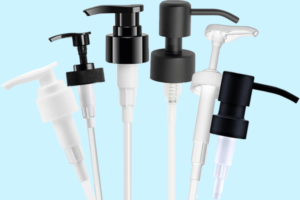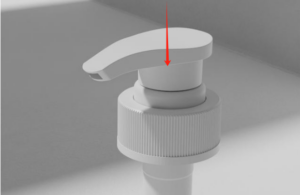válvulas de aerosol Puede que no sea lo primero que te viene a la mente cuando piensas en productos cotidianos., pero juegan un papel clave en muchos aspectos de nuestras vidas.. Estos héroes anónimos son responsables de suministrar una amplia gama de productos en aerosol., desde pintura en aerosol hasta automóviles, Desde cosméticos hasta limpiadores domésticos e incluso inhaladores médicos, son dispositivos de gran éxito en la industria.. En este artículo nos sumergimos en profundidad en el mundo de las válvulas de aerosol., Elija la válvula de aerosol adecuada para usted en función de sus métodos de trabajo, aplicaciones industriales, presupuesto, etc..
¿Qué es una válvula de aerosol??
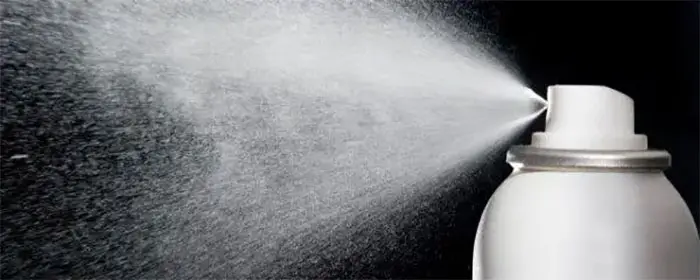
válvulas de aerosol Son componentes pequeños pero esenciales y críticos que controlan la liberación de líquidos., Gases o sólidos finos en forma de niebla o spray.. Comúnmente utilizado en pinturas en aerosol., desodorantes, ambientadores, lubricantes, y otros productos. Constan de varios componentes clave., incluyendo el tallo, alojamiento, tubo de inmersión, y actuador. Estos equipos pequeños pero críticos desempeñan un papel clave en la liberación controlada de líquidos., gases o sólidos finos de recipientes presurizados, con componentes trabajando en armonía para entregar el producto de una manera consistente y fácil de usar. Porque la válvula rociará el producto uniformemente, todo controlado por las manos del usuario, entre otras ventajas. Han sido un producto popular en la industria., electrodomésticos y otras industrias desde la década de 1950 hasta la actualidad
Cómo funciona la válvula de aerosol
Un Válvula de aerosol es un dispositivo utilizado para liberar un aerosol o un producto en aerosol, generalmente incluido en un recipiente a presión, como una lata de aerosol o una botella de aerosol. El principio de funcionamiento de estas válvulas se basa en un proceso físico simple que involucra presión y flujo de fluido.. Así funciona una válvula de aerosol:
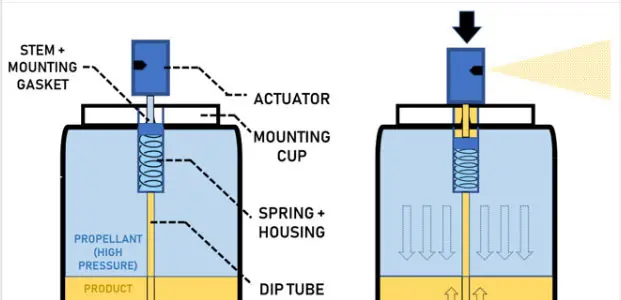
Diagrama simplificado de lata de aerosol antes y durante su uso.
- Líquido o gas en el contenedor.: Los productos en aerosol suelen incluir una mezcla de líquido, gas o partículas sólidas. Estos productos están contenidos en un recipiente sellado., y generalmente hay una cierta cantidad de presión dentro del recipiente para empujar el producto hacia la válvula..
- Estructura de válvula: Las válvulas de aerosol suelen constar de varias partes importantes., incluyendo cabeza de válvula (solenoide), núcleo de válvula (vástago de válvula), junta de sellado (junta o junta tórica) y boquilla. La cabeza de la válvula es la parte que está en contacto con el usuario., El núcleo de la válvula es una pieza con función de interruptor., La junta de sellado se utiliza para evitar fugas., Y la boquilla controla el patrón de pulverización del líquido..
- Liberación de presión: Cuando el usuario presiona o activa el cabezal de la válvula (como un botón de pulverización), el núcleo de la válvula se abre, Permitir que se libere la presión en el recipiente.. Esta presión liberada empuja el líquido o gas a través de la boquilla hacia la atmósfera..
- Dispersión líquida: A través del diseño y estructura específicos de la boquilla., el líquido o gas se dispersa en pequeñas partículas o aerosol de una manera específica. Esta dispersión suele ser uniforme, produciendo un control, spray fino.
- control de usuario: Los usuarios pueden controlar la intensidad y dirección del rociado operando el cabezal de la válvula.. Esto proporciona una aplicación precisa del producto y facilidad de uso..
- Caza de focas: La junta de sellado dentro de la válvula garantiza que el producto no tenga fugas ni se evapore cuando no esté en uso.. Esto ayuda a mantener la frescura del producto y evitar desperdicios..
Aplicaciones de válvulas de aerosol:
Hay muchos tipos de válvulas de aerosol, que desempeñan un papel clave en muchas industrias y productos; Se pueden utilizar en casi todas las industrias., y son una parte necesaria de muchos productos en el mercado.. Dado que involucra a tantas industrias, es imposible enumerarlos todos. Estas son algunas de las principales áreas de aplicación comunes en la industria.:
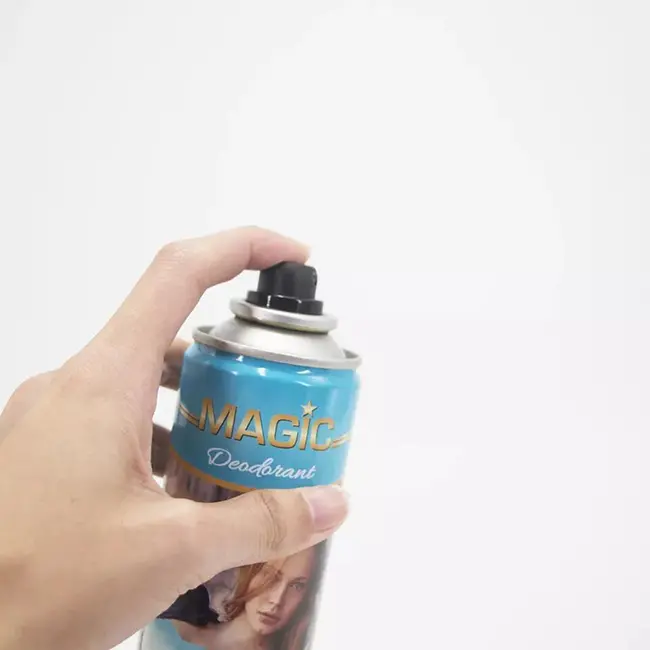
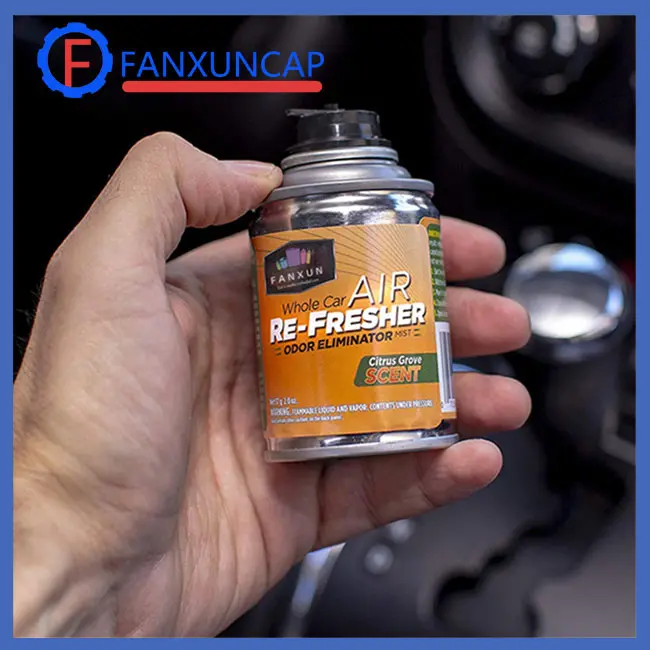
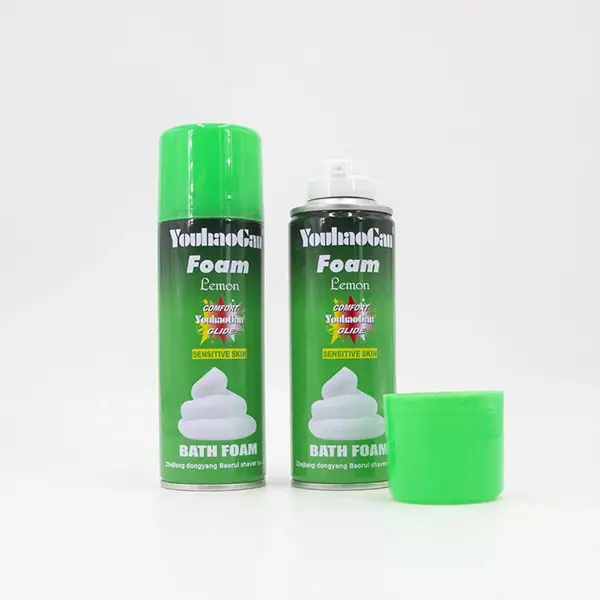
- Productos de cuidado personal: Las industrias de cosméticos y productos de cuidado personal suelen utilizar válvulas de aerosol.. Se utilizan en perfumes en aerosol., desodorantes, geles para el cabello, espumas de afeitar y otros productos. La válvula de aerosol proporciona una distribución uniforme., spray dispersado con precisión, haciendo que el producto sea fácil de usar.
- Productos domésticos: Productos de limpieza para el hogar, ambientadores, insecticidas, etc.. También se suelen utilizar válvulas de aerosol para rociar y distribuir con precisión los productos., hacer que el trabajo a domicilio sea más cómodo.
- Productos farmaceuticos: Las válvulas de aerosol se utilizan en el campo farmacéutico para fabricar inhaladores para tratar el asma y otras enfermedades respiratorias.. Estas válvulas garantizan que los medicamentos se liberen en dosis precisas y de forma controlada para satisfacer las necesidades del paciente..
- Productos automotrices: Lubricante, limpiador de frenos, El inflador de neumáticos y otros productos generalmente utilizan válvulas de aerosol para aplicar y distribuir con precisión el producto para satisfacer las necesidades de mantenimiento del automóvil..
- Industria alimentaria: También existen algunos productos que utilizan válvulas de aerosol en la industria alimentaria., como aceite en aerosol para cocinar, pulverizadores de aceite comestible y pulverizadores de crema batida.
Una vez que comprenda las especificaciones generales de una aplicación de válvula de aerosol, usted puede seleccionar la tecnología de mercado correcta para sus necesidades.
¿Cuáles son las especificaciones de la válvula de aerosol?
válvula de aerosol Las especificaciones se refieren a los parámetros técnicos específicos y las características de rendimiento de una válvula de aerosol.. Estas especificaciones suelen ser proporcionadas por los fabricantes para que los consumidores y las empresas puedan elegir una válvula de aerosol que se adapte a sus necesidades.. Las especificaciones de la válvula de aerosol generalmente incluyen lo siguiente:
- Tipos de válvulas: Describir los principales tipos de válvulas de aerosol., como válvulas de pulverización, válvulas de espuma, válvulas dispensadoras, etc..
- Capacidad: El volumen de líquido o gas liberado por cada pulverización de la válvula de aerosol., generalmente en mililitros o mililitros por segundo.
- Calibre: El tamaño de la cabeza de la válvula. (solenoide), generalmente en milímetros, Lo que afecta la dispersión y el ángulo de inyección del spray..
- Distancia de pulverización: La distancia más larga que la válvula de aerosol puede rociar líquido o gas, generalmente en milímetros o pies.
- Modo de pulverización: Describir el modo de pulverización proporcionado por la válvula de aerosol., como spray uniforme, fina niebla, atomización, pulverización continua, recubrimiento puntual, etc..
- Material: Describir el material de las partes interna y externa de la válvula., incluyendo metal, plástico, caucho u otros materiales adecuados. Esto se debe a que la selección del material puede verse afectada por la compatibilidad y las propiedades químicas del producto líquido o gaseoso..
- Ángulo de pulverización: Describir el ángulo de pulverización de la válvula de aerosol., como horizontales, vertical, en forma de abanico, etc..
- Requisitos de presión: Describir el rango de presión requerido por la válvula de aerosol para garantizar la pulverización adecuada de líquido o gas..
Estas especificaciones son importantes a la hora de seleccionar la válvula de aerosol adecuada porque diferentes aplicaciones requieren diferentes tipos y capacidades de válvulas de aerosol.. Los consumidores y las empresas suelen seleccionar válvulas de aerosol en función de las necesidades específicas de su producto., Utilizar requisitos ambientales y de rendimiento para garantizar un rendimiento y una fiabilidad óptimos.. Los fabricantes suelen proporcionar información detallada sobre las especificaciones de las válvulas de aerosol en la documentación del producto o en los sitios web oficiales para ayudar a los clientes a tomar la decisión correcta..
Cómo seleccionar vástagos de aerosol y tipos de juntas de vástago
Recordar: El vástago de la válvula y la junta del vástago son partes importantes del aerosol, ya que forman el sello de la válvula y, por lo tanto, garantizan la calidad del producto.. El uso del tipo incorrecto de junta o vástago provocará una contracción., expansión o sellado deficiente, resultando en pérdida de producto. Antes de elegir estos accesorios, Debe saber en qué industrias se utilizan sus productos.. El éxito o fracaso del proyecto también tiene una cierta relación con el fabricante.. . A continuación le proporcionaré algunas sugerencias para ayudarle a seleccionar el vástago de aerosol y la junta de vástago adecuados.:
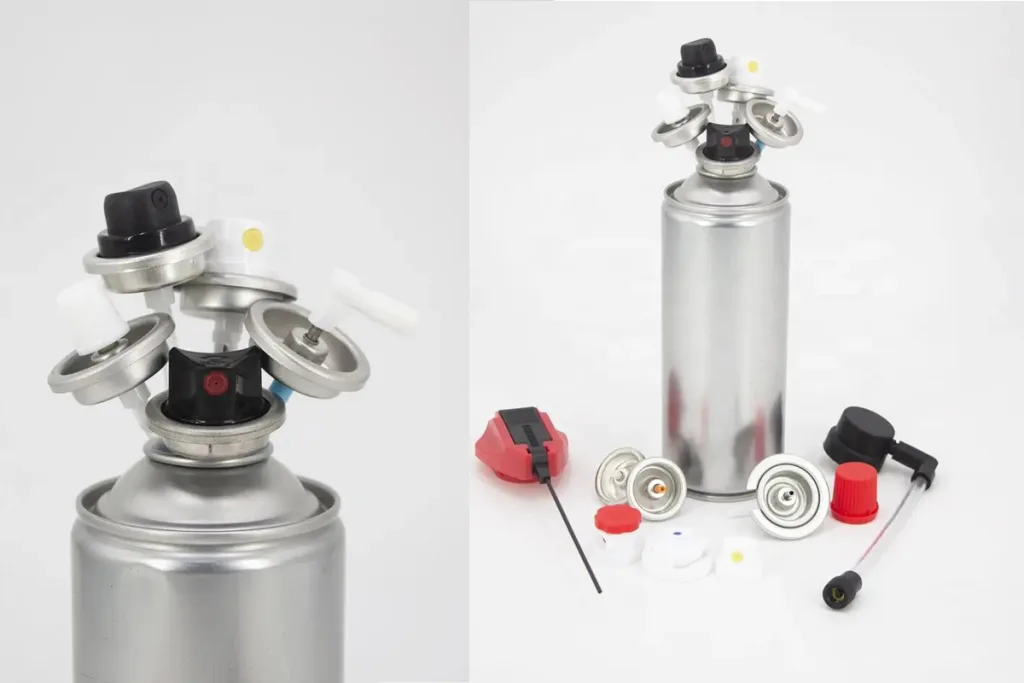
- Entender el tipo de producto: Primero, debe aclarar la naturaleza de su producto en aerosol. Diferentes tipos de productos pueden requerir diferentes vástagos y juntas para garantizar una dispersión y pulverización adecuadas del producto.. Por ejemplo, productos de cuidado personal, quimicos, o productos de limpieza pueden requerir vástagos y juntas diferentes.
- Determinar el tipo de válvula.: Los diferentes tipos de válvulas de aerosol pueden tener diferentes requisitos de vástago y junta.. Por ejemplo, Las válvulas de un solo uso pueden requerir vástagos y juntas especialmente diseñados., mientras que las válvulas reutilizables pueden requerir componentes más duraderos.
- Considere la consistencia y viscosidad del producto.: La consistencia y viscosidad del producto afectarán la selección del vástago y la junta.. Los productos más gruesos pueden requerir vástagos y juntas más resistentes al desgaste para soportar altos niveles de desgaste..
- Considere la temperatura y la presión.: El entorno en el que se utilizan los productos en aerosol puede afectar el rendimiento de los vástagos y las juntas de las válvulas.. Las condiciones de alta temperatura o alta presión pueden requerir materiales y diseños especiales de vástagos y juntas para garantizar un funcionamiento seguro y confiable..
- Selección de materiales: Los vástagos de las válvulas y las juntas suelen estar hechos de plástico., metal, caucho u otros materiales. Al seleccionar materiales considere la composición del producto y la compatibilidad con él.. Por ejemplo, Algunos productos químicos pueden ser compatibles con materiales específicos., mientras que otros materiales pueden no ser resistentes.
- Compatibilidad y estándares: Asegúrese de que el vástago y la junta seleccionados sean compatibles con la válvula de aerosol que está utilizando y cumplan con las normas y regulaciones pertinentes..
- Calidad y durabilidad: La calidad y durabilidad de los vástagos y juntas de las válvulas de aerosol son muy importantes., especialmente si el producto necesita ser almacenado o transportado durante un período prolongado de tiempo. La elección de componentes de alta calidad que hayan sido probados y comprobados puede mejorar la estabilidad y confiabilidad del producto..
resumirmi
Las válvulas de aerosol pueden ser pequeñas, pero su impacto es enorme. Facilitan la distribución cómoda y controlada de una variedad de productos., haciendo nuestras vidas más fáciles y seguras.
En este artículo te presentamos qué es una válvula de aerosol y cómo funciona., especificaciones de la industria de aplicaciones, etc.. Para información sobre productos relacionados, si desea obtener más información del producto, puede Contáctenos o visitar Plataforma de proveedores Fanxun
Más información sobre válvulas de aerosol
Tamaño del mercado de válvulas de aerosol
Informe del mercado global de válvulas de aerosol 2023
Perspectivas del mercado de válvulas de aerosol (2022 a 2032)


